Filter data
|
ID |
Nickname |
Country / City |
Languages |
Taxonomies |
Comment |
Project / Group |
Map |
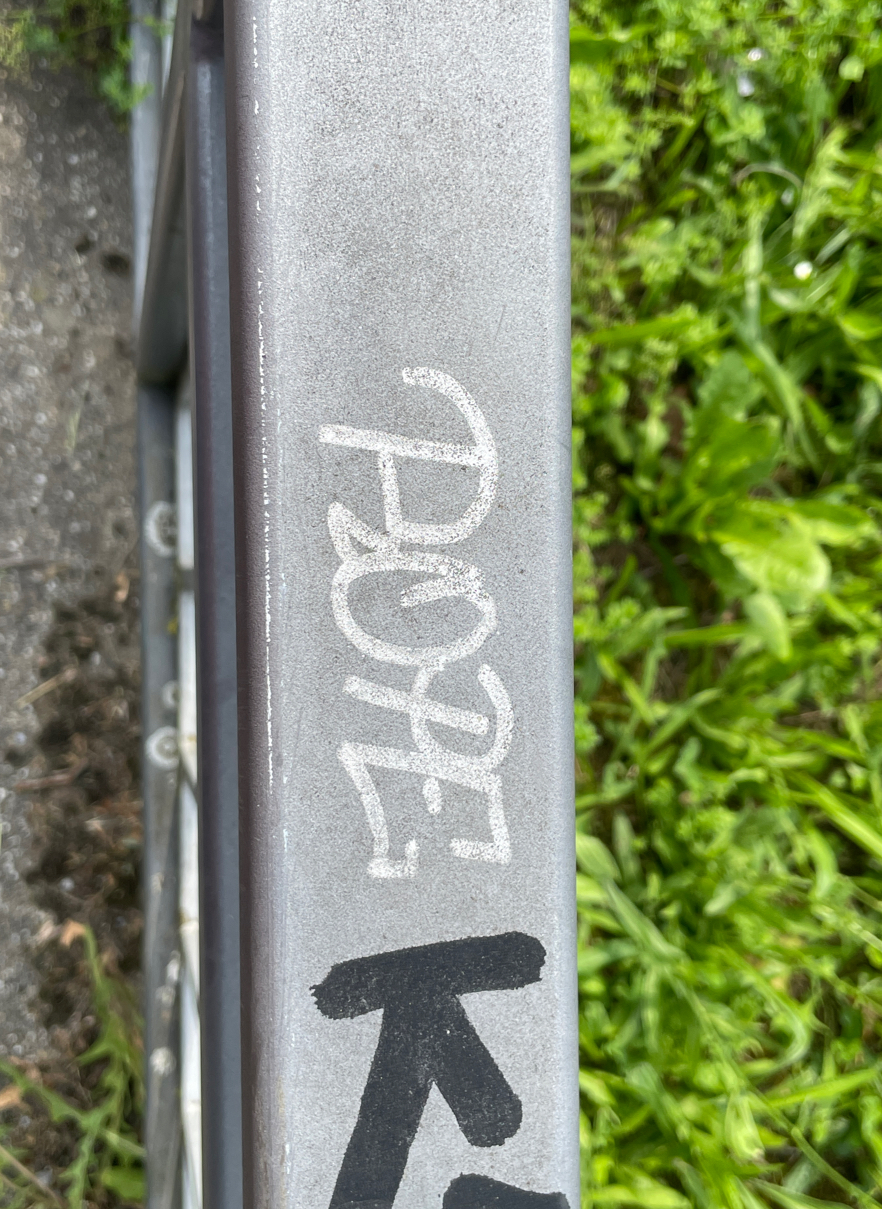
|
132491
|
MSC
|
Deutschland
Karlsruhe
|
|
|
—
|
|
|
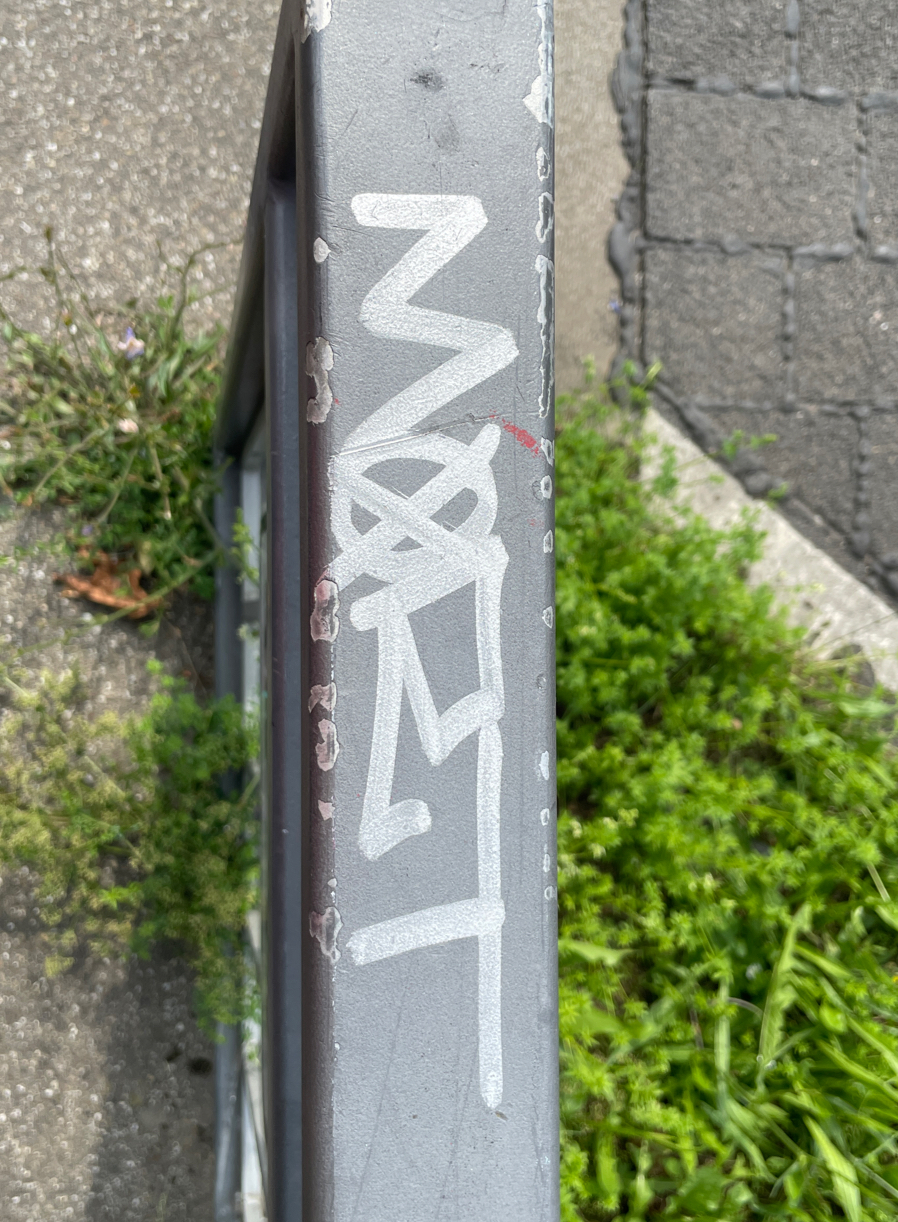
|
132492
|
MSC
|
Deutschland
Karlsruhe
|
|
|
—
|
|
|
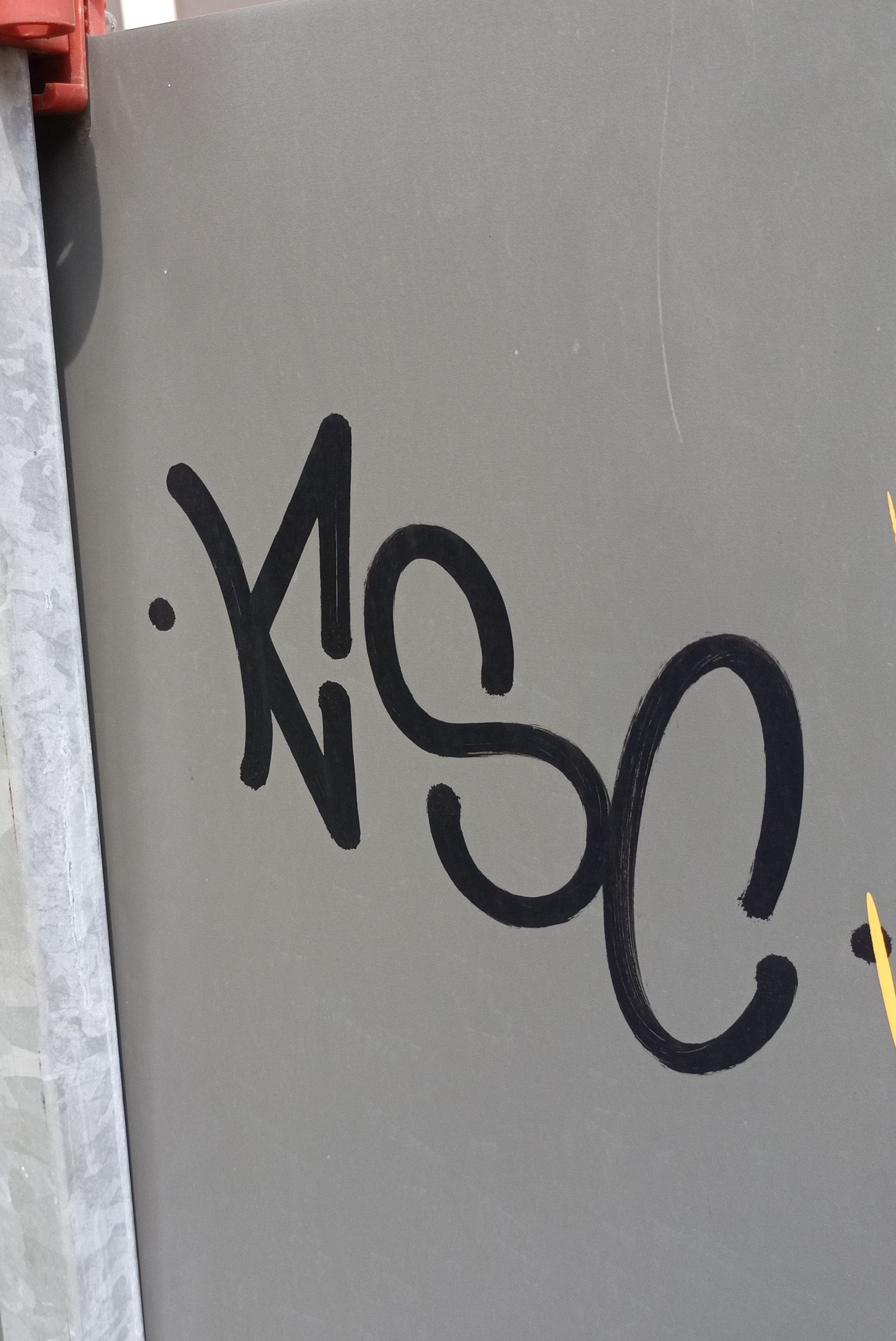
|
132493
|
EST
|
Germany
Karlsruhe
|
|
|
—
|
KAGraffiti
|
|
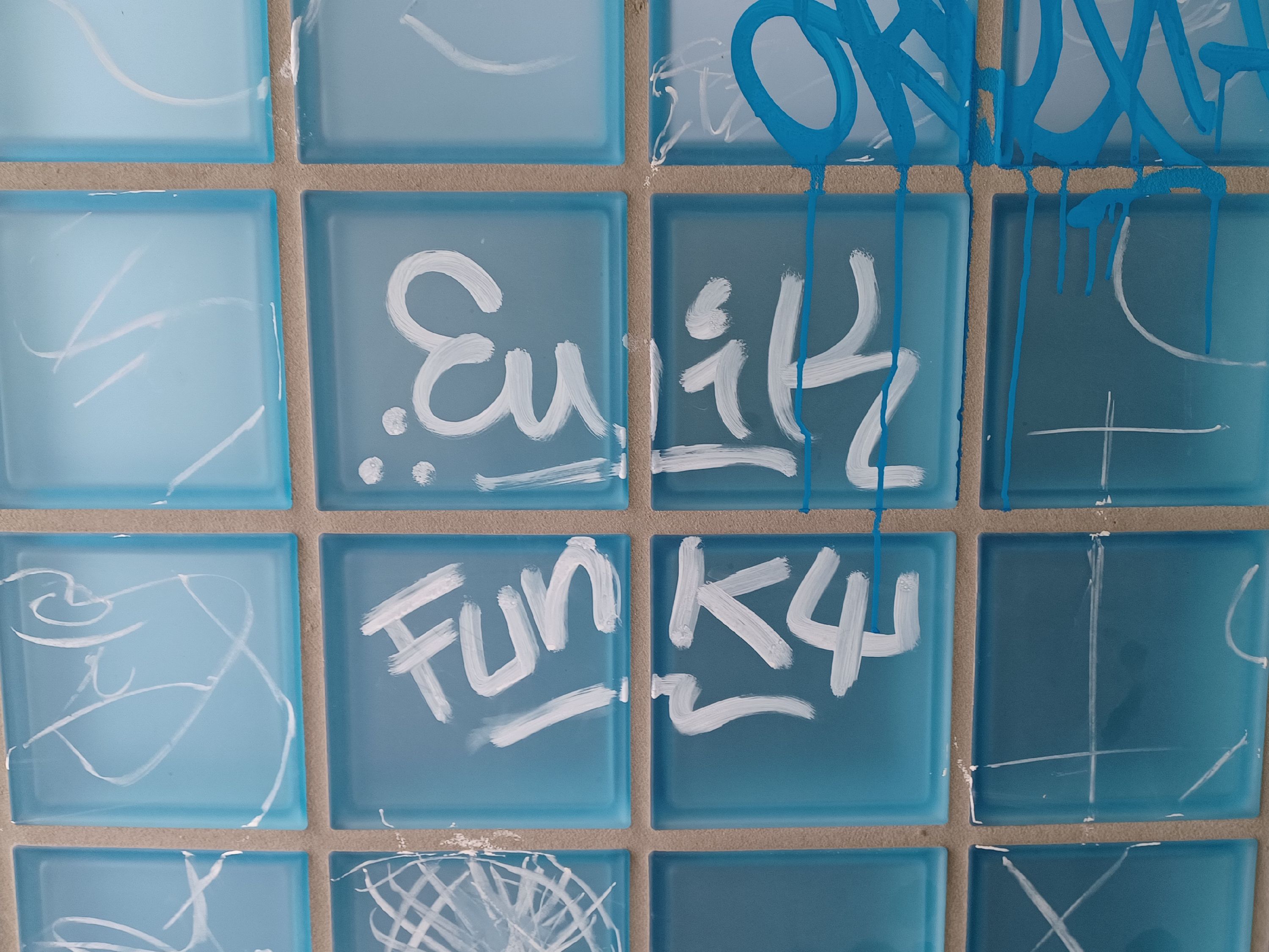
|
132494
|
JLA
|
Germany
Karlsruhe
|
|
|
JLA, Tag
|
KAGraffiti
|
|
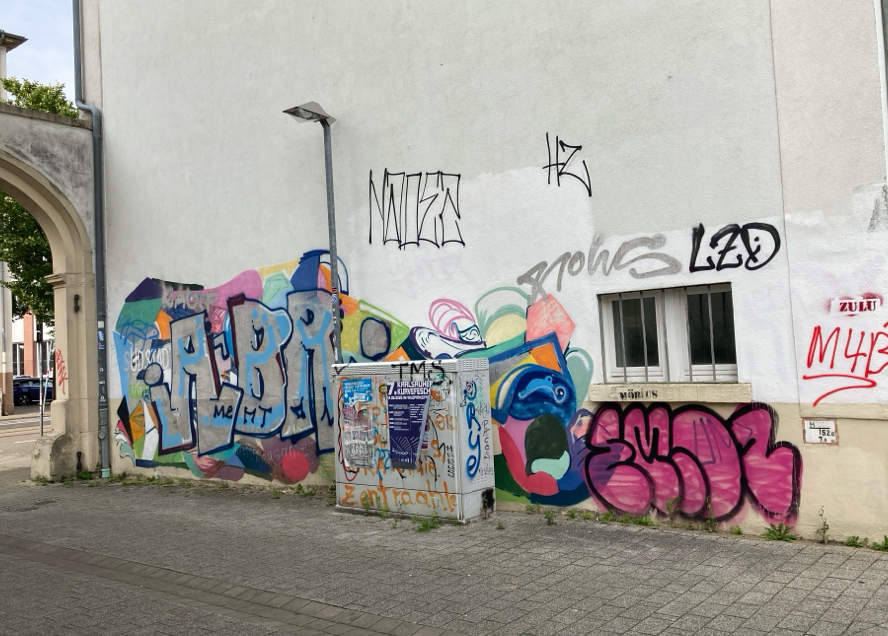
|
132495
|
JRo
|
Deutschland
Karlsruhe
|
|
|
Wand mit Graffiti, foto von JRo
|
|
|
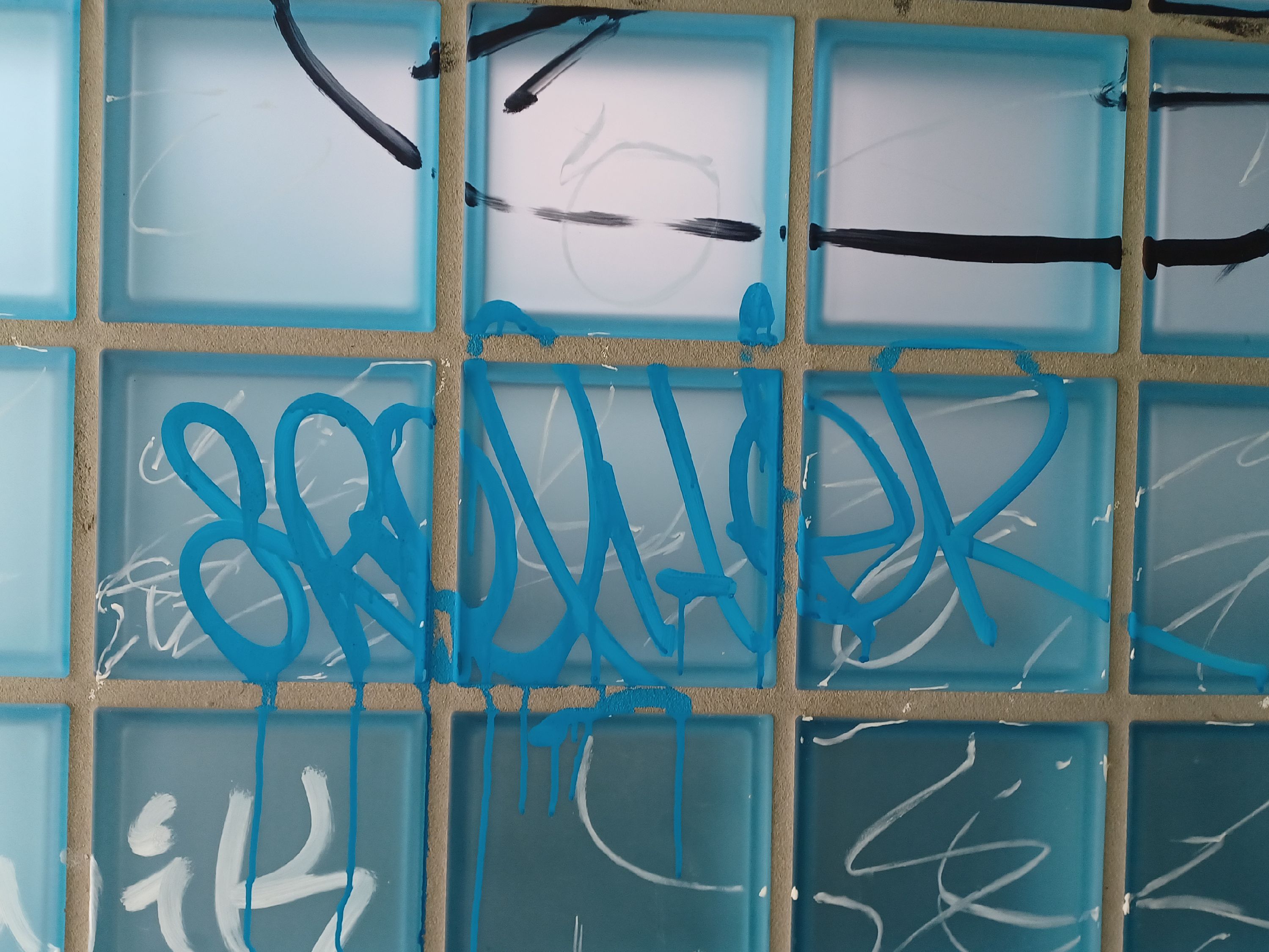
|
132496
|
JLA
|
Germany
Karlsruhe
|
|
|
JLA, Tag
|
KAGraffiti
|
|
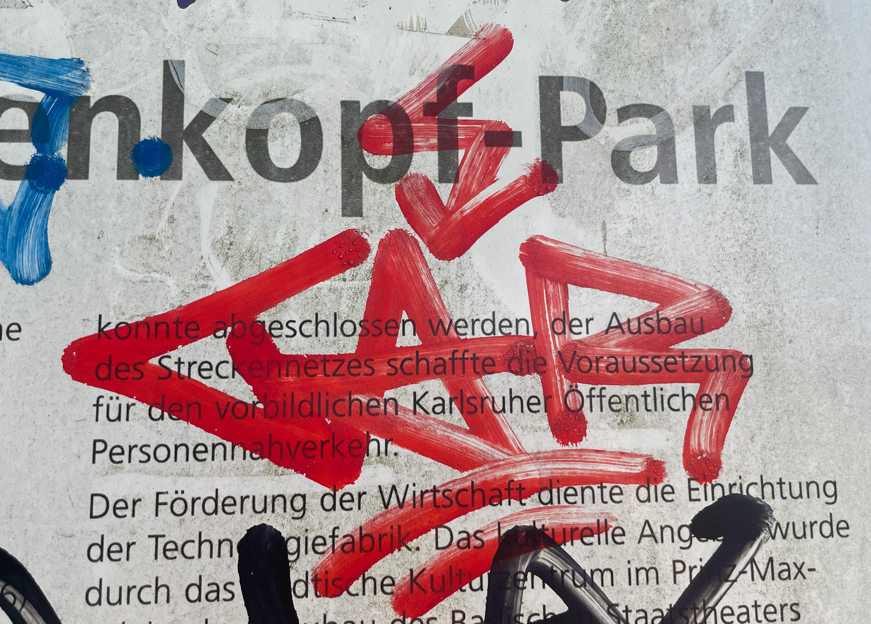
|
132497
|
MSC
|
Deutschland
Karlsruhe
|
|
|
—
|
|
|
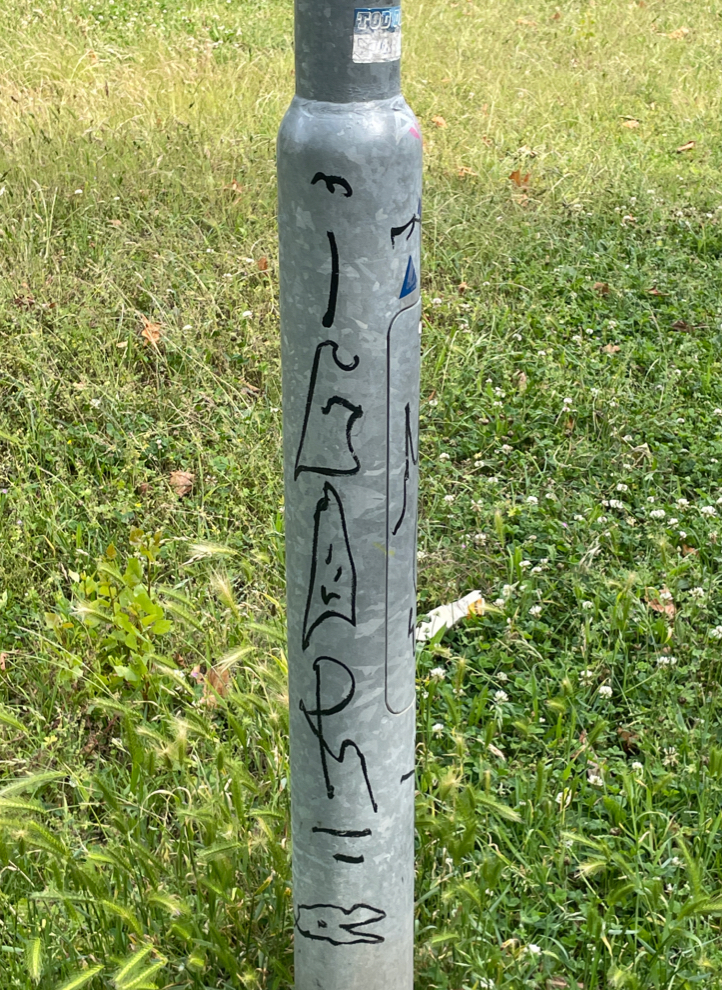
|
132498
|
MSC
|
Deutschland
Karlsruhe
|
|
|
—
|
|
|
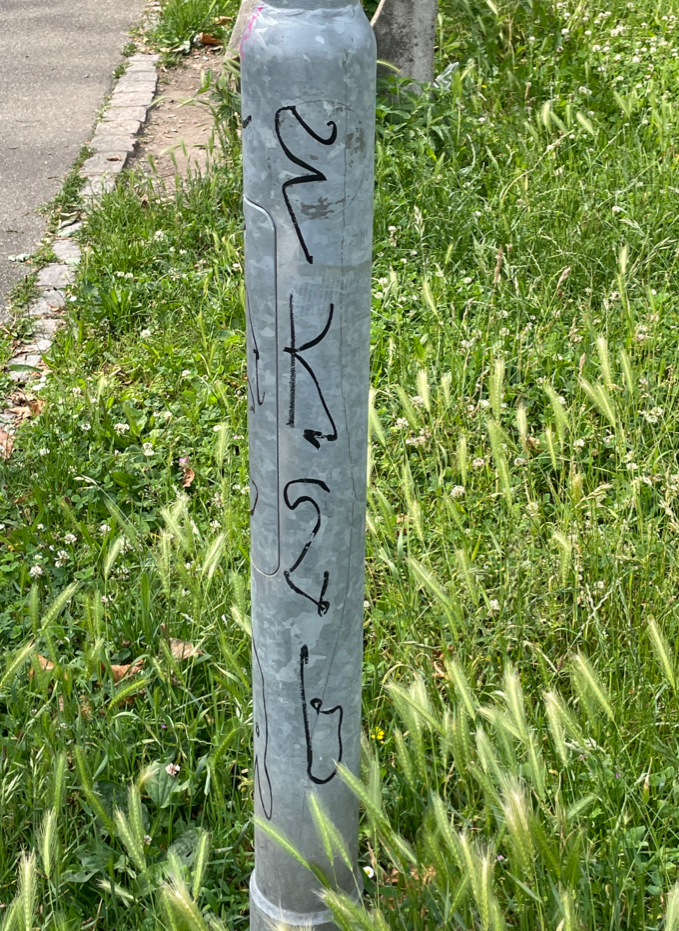
|
132499
|
MSC
|
Deutschland
Karlsruhe
|
|
|
—
|
|
|
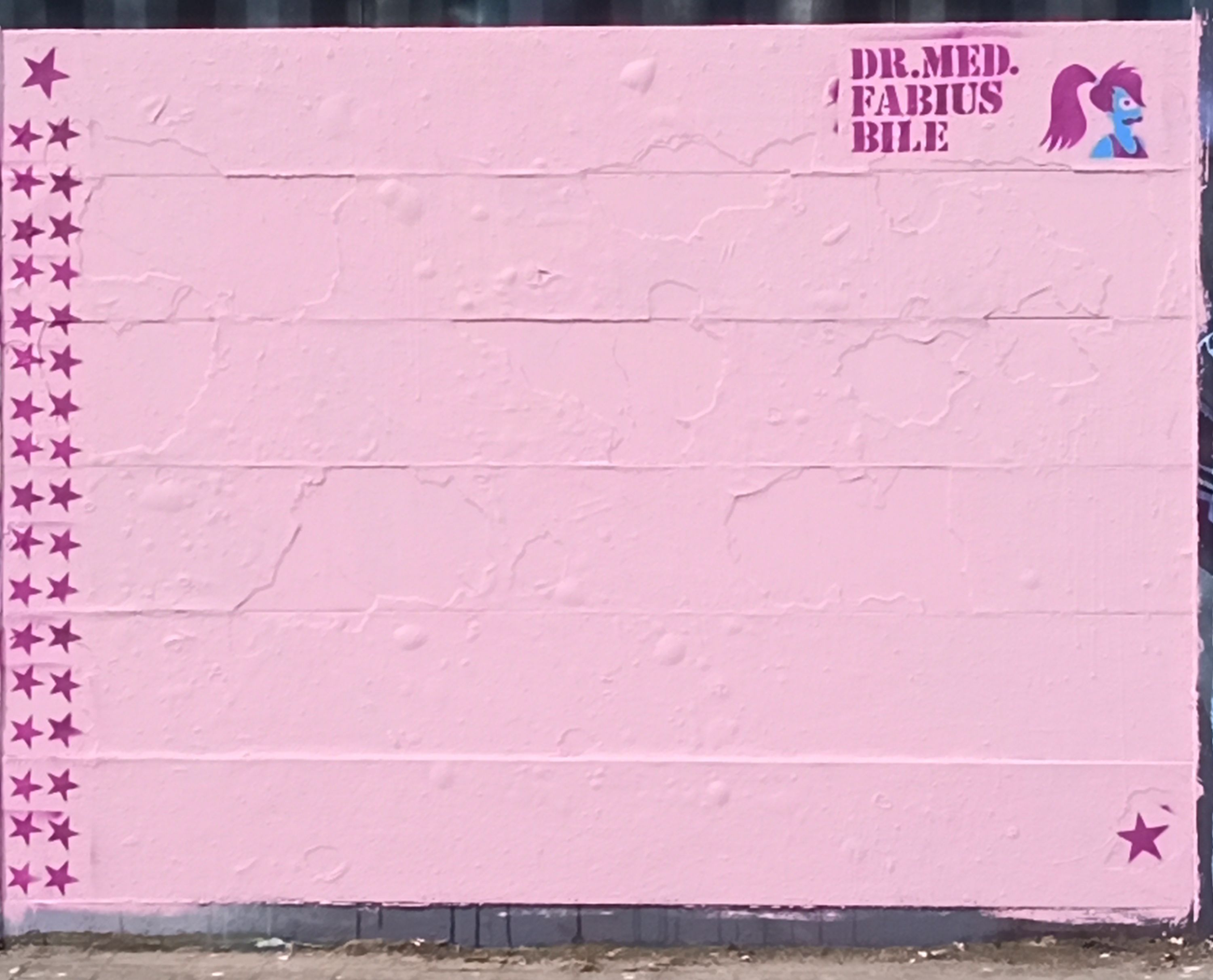
|
132500
|
EST
|
Germany
Karlsruhe
|
|
|
—
|
KAGraffiti
|
|
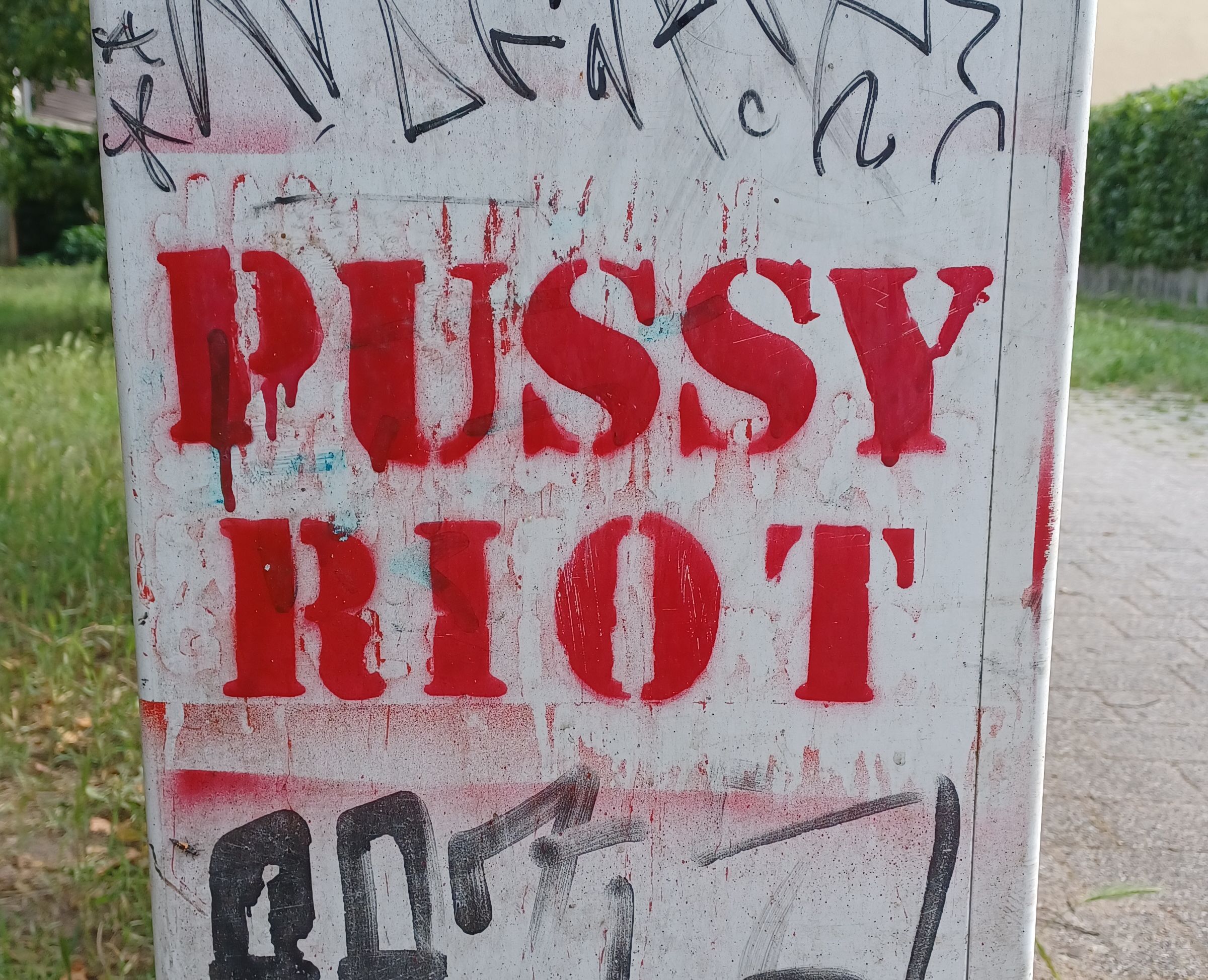
|
132501
|
JLA
|
Germany
Karlsruhe
|
|
|
JLA, Stencil
|
KAGraffiti
|
|

|
132502
|
JLA
|
Germany
Karlsruhe
|
|
|
JLA, Tag
|
KAGraffiti
|
|
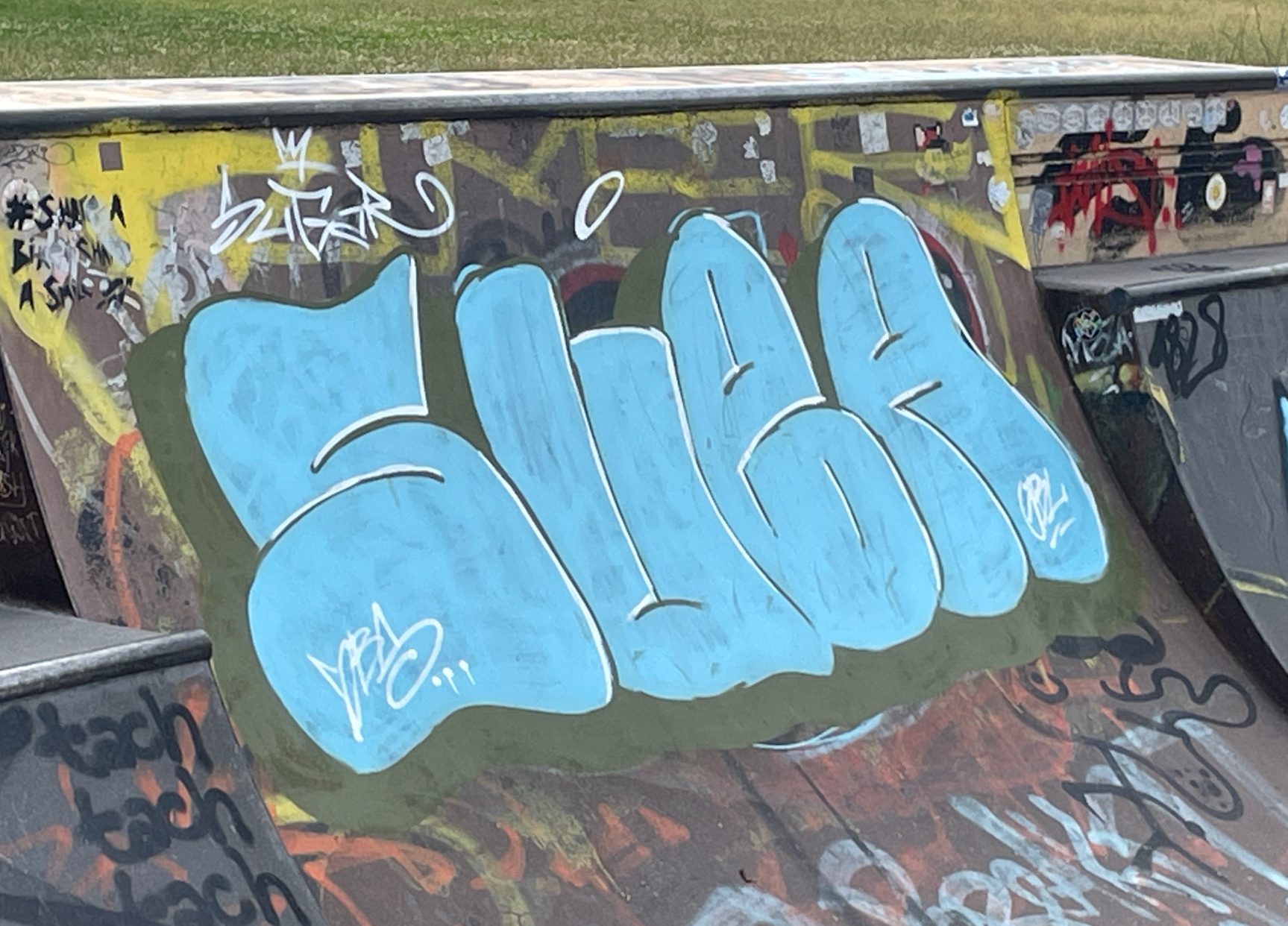
|
132503
|
MSC
|
Deutschland
Karlsruhe
|
|
|
—
|
|
|
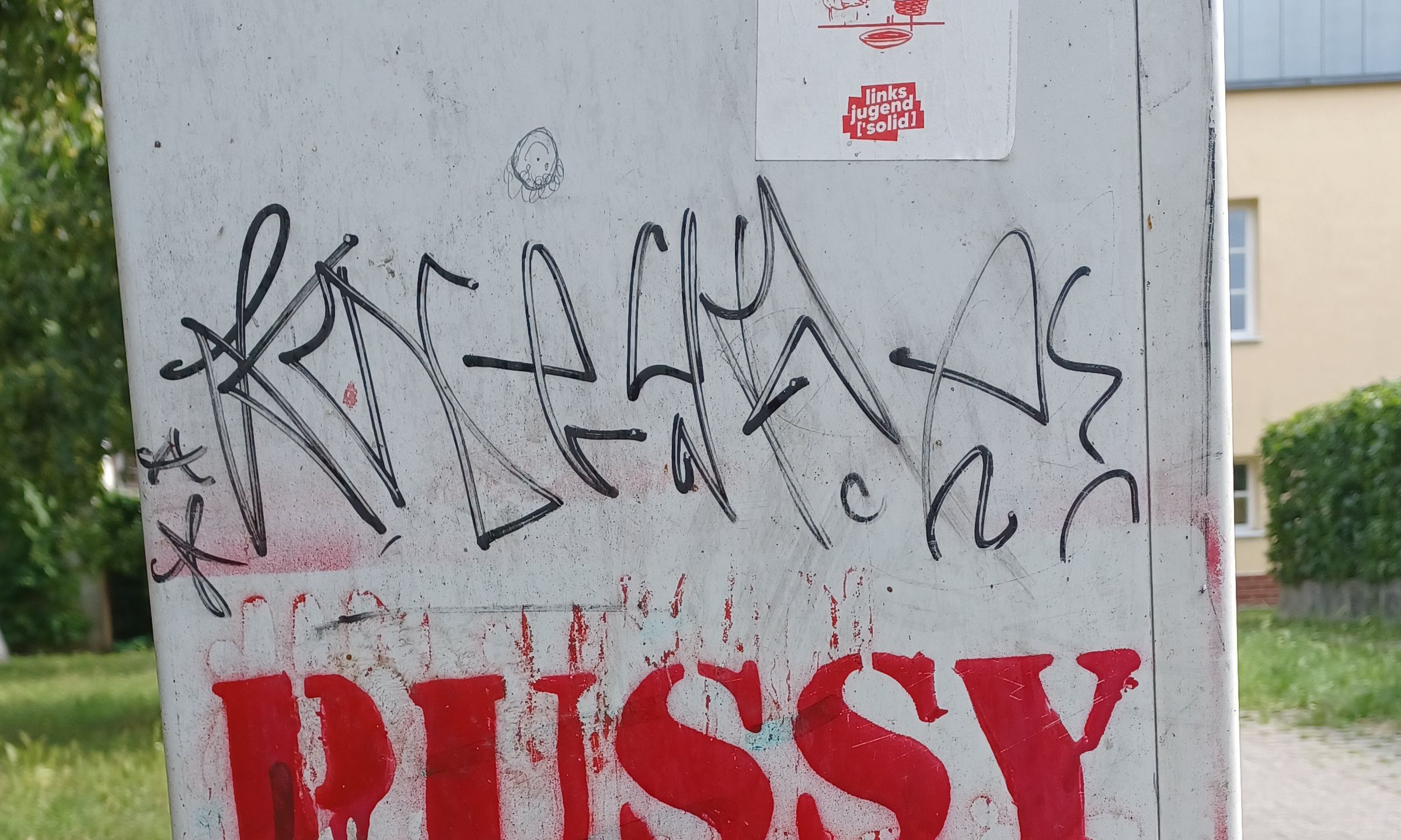
|
132504
|
JLA
|
Germany
Karlsruhe
|
|
|
JLA, Tag
|
KAGraffiti
|
|
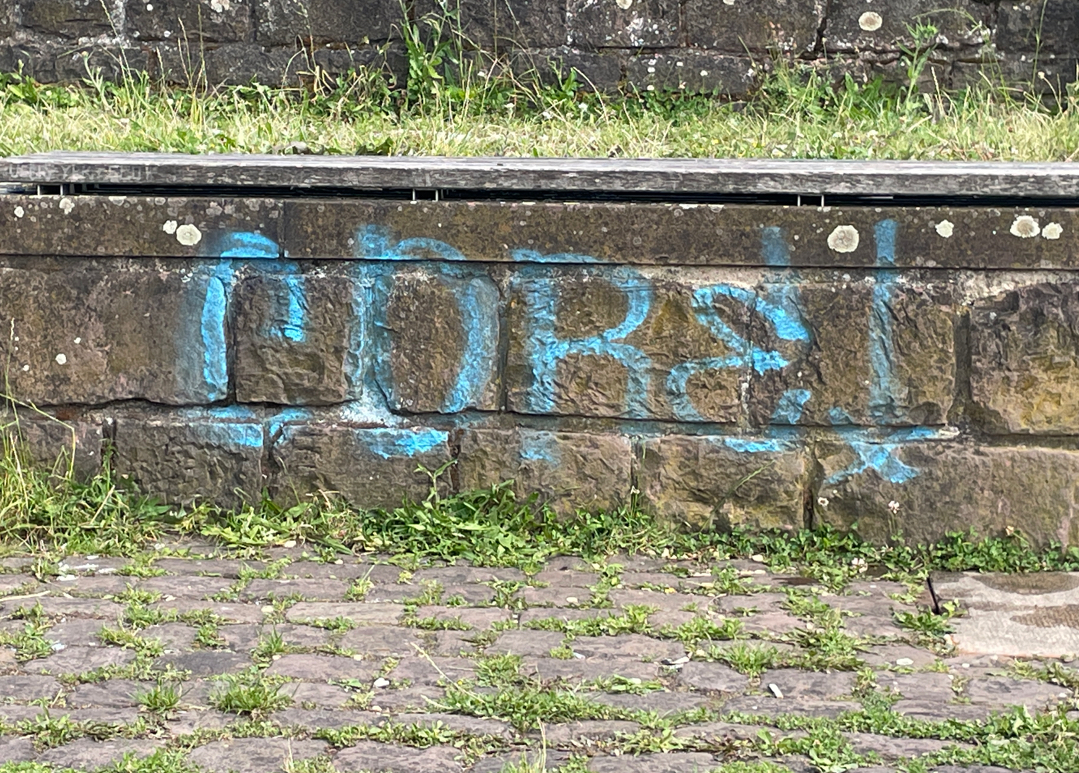
|
132505
|
MSC
|
Deutschland
Karlsruhe
|
|
|
—
|
|
|
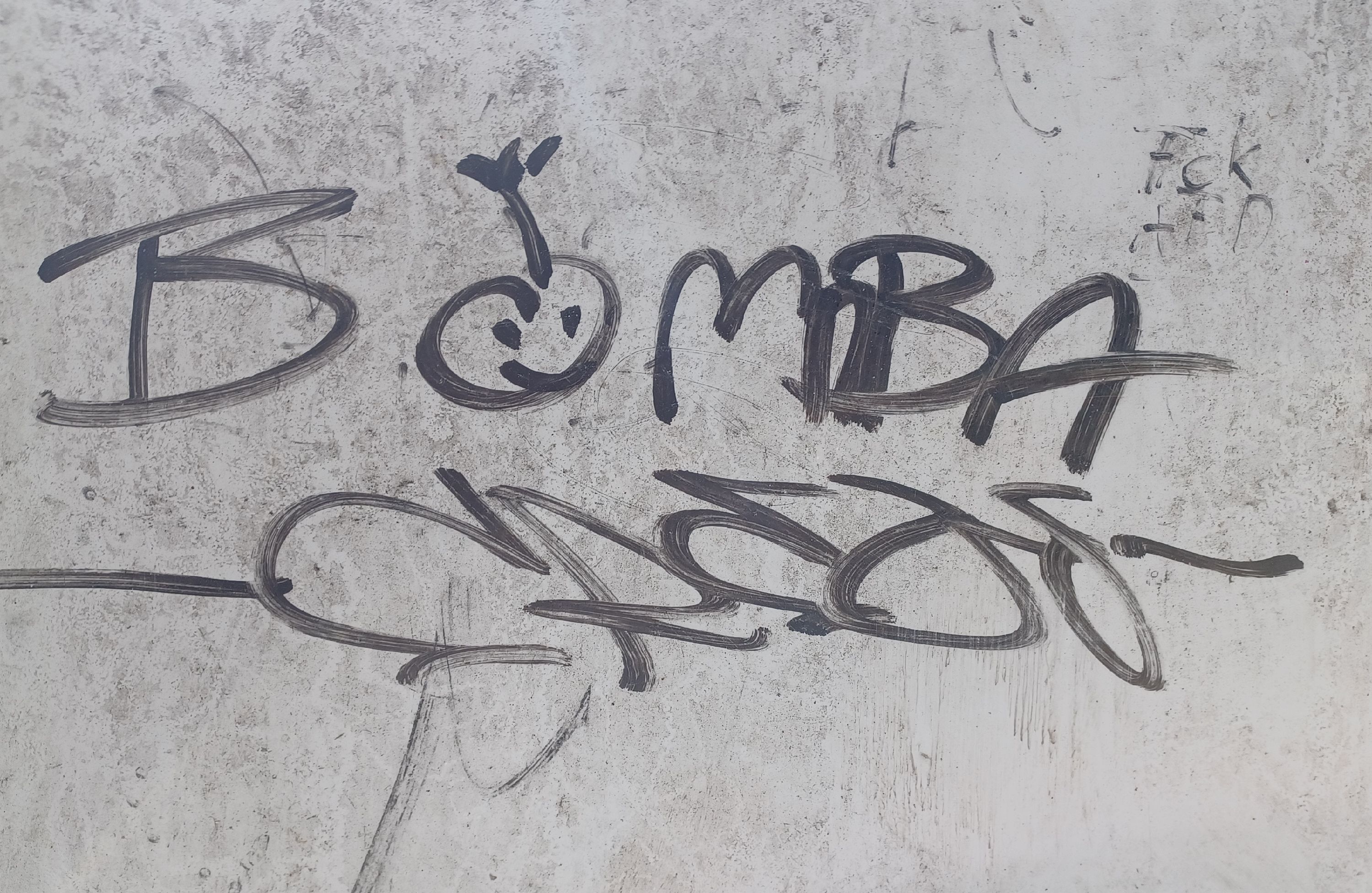
|
132506
|
JLA
|
Germany
Karlsruhe
|
|
|
JLA, Tag
|
KAGraffiti
|
|
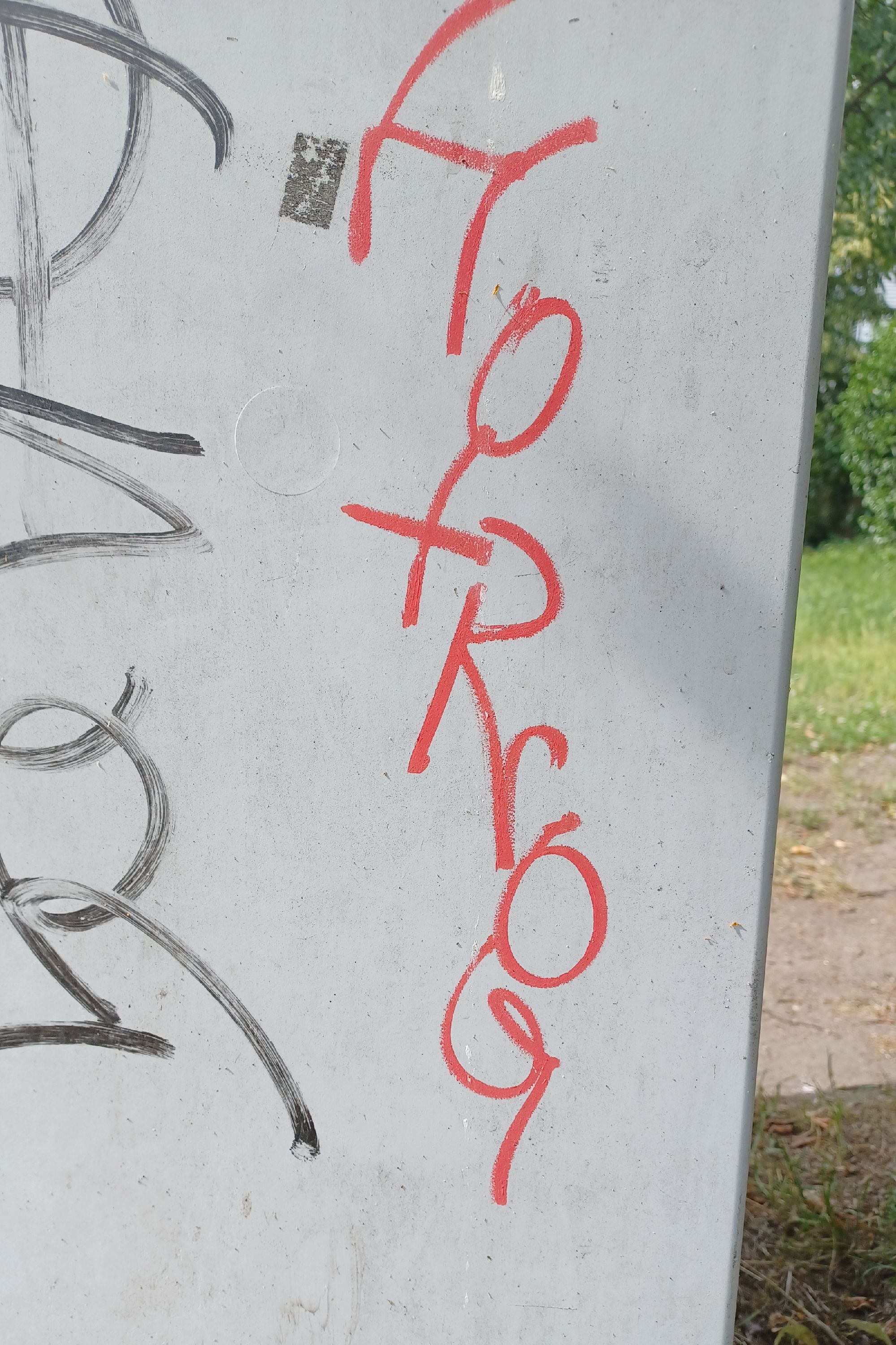
|
132507
|
JLA
|
Germany
Karlsruhe
|
|
|
JLA, Tag
|
KAGraffiti
|
|

|
132508
|
MSC
|
Deutschland
Karlsruhe
|
|
|
—
|
|
|
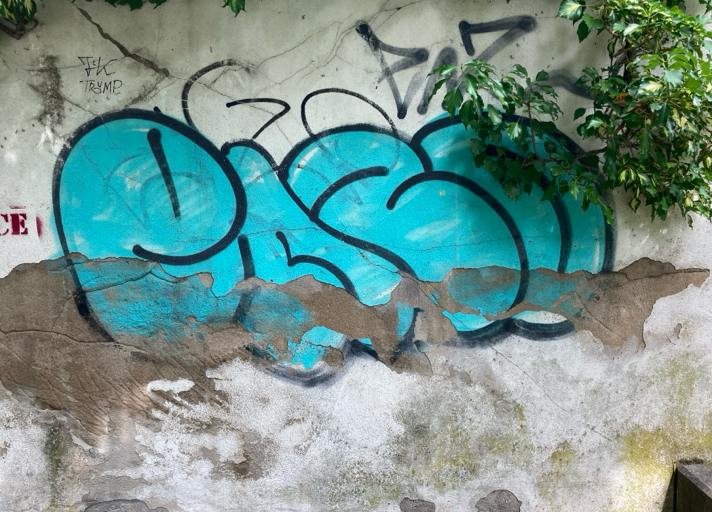
|
132509
|
JRo
|
Deutschland
Karlsruhe
|
|
|
Tag, foto von JRo
|
|
|
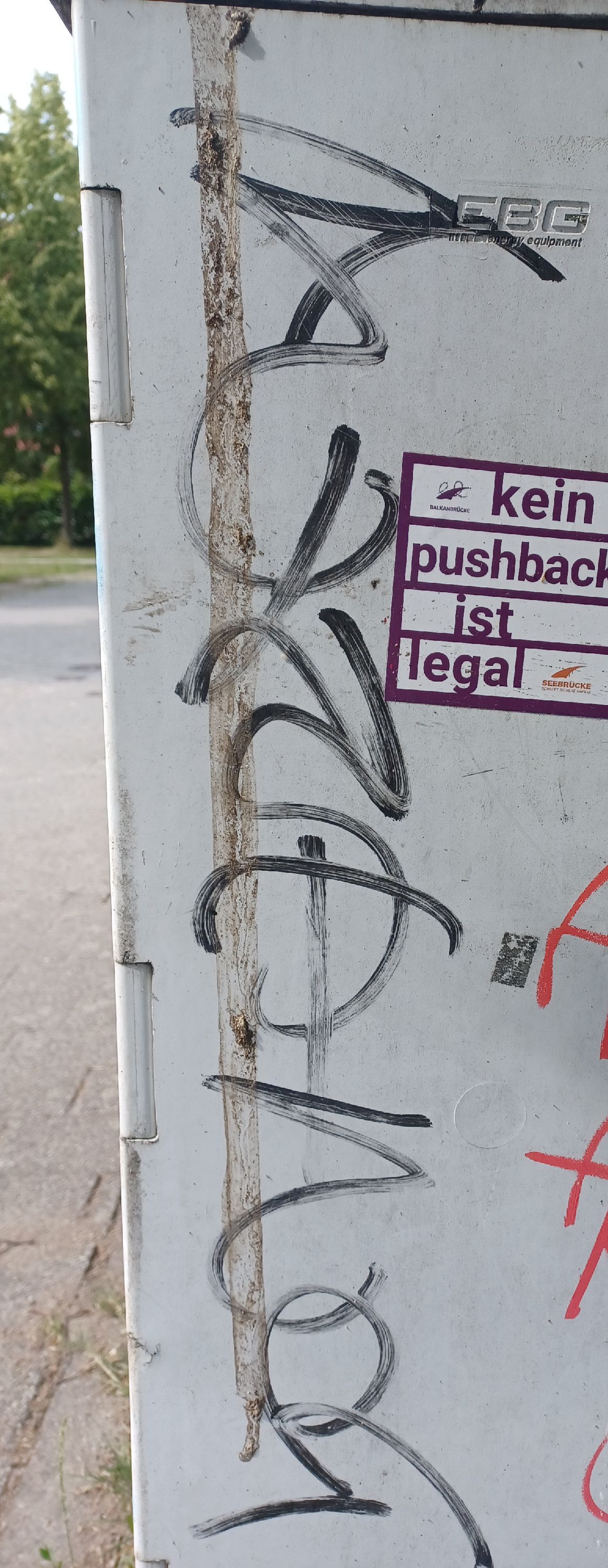
|
132510
|
JLA
|
Germany
Karlsruhe
|
|
|
JLA, Tag
|
KAGraffiti
|
|